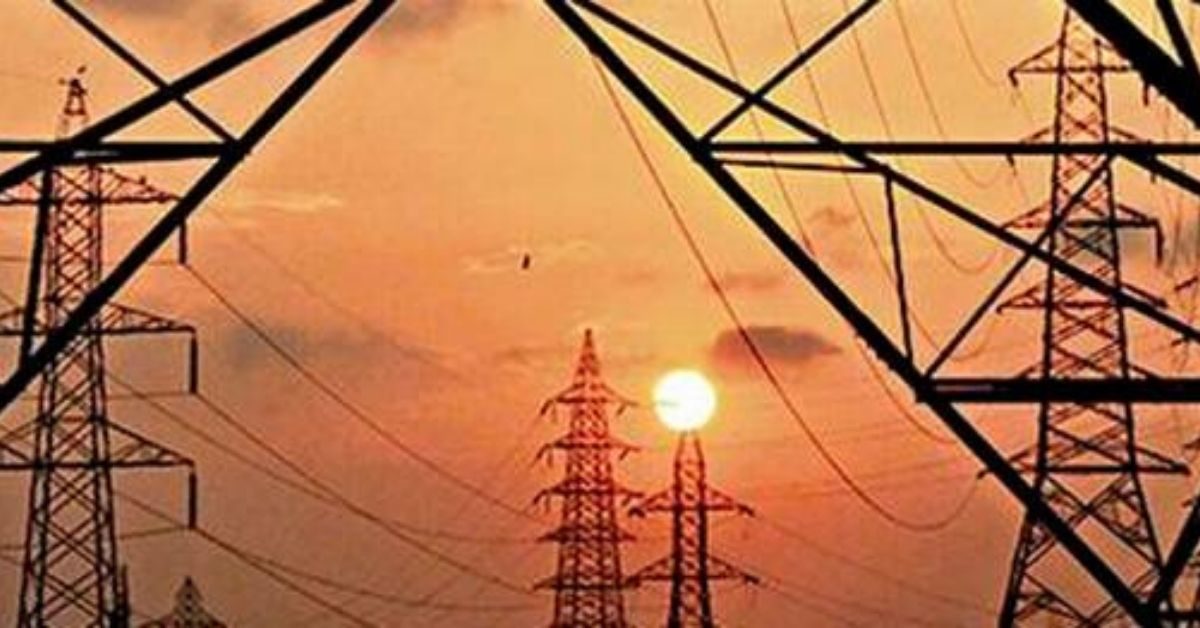Nepal and Bangladesh are scheduled to discuss how to jointly take India on board for using Indian transmission lines to enable power trade between Nepal and Bangladesh, a senior official of Nepal’s Ministry of Energy, Water Resources and Irrigation said on Saturday.
The two sides are scheduled to discuss forging trilateral cooperation involving Nepal, Bangladesh and India during the fifth meeting of the joint-secretary level Joint Working Group and secretary-level Joint Steering Committee meetings scheduled to be held on May 15-16 in Bangladesh.
“One of the items on the agenda of these meetings is how to take India on board to use existing transmission lines and a dedicated transmission line through the Indian territory to enable electricity trade between the two countries,” said Madhu Bhetuwal, spokesperson at the energy ministry.
As Nepal and Bangladesh are not geographically connected, Nepal can sell its electricity to Bangladesh only through the Indian territory. The southern neighbour has been ‘positive’ on trilateral cooperation for energy trade in recent years.
“As India has started a green grids initiative—One Sun One World One Grid—to introduce a transnational electricity grid that supplies power and has a neighbourhood first policy, forging connectivity between Nepal and Bangladesh will help India’s own initiative,” Bhetuwal said.
Indian Prime Minister Narendra Modi had first proposed the initiative during the assembly of the International Solar Alliance in 2018. The initiative aims to provide power to about 140 countries through a common grid that will ensure the transfer of clean and efficient solar power.
Nepal and India intend to widen collaboration in the power sector and include partner nations under the Bangladesh, Bhutan, India and Nepal framework (BBIN), according to the Joint Vision Statement on Power Sector Cooperation between the two countries issued in April last year.
Another agenda of the discussion with the Bangladeshi side is to sell Nepal’s 40 MW-50 MW of electricity to Bangladesh through the existing transmission line of India.
During the fourth JWC and JSC meeting held in August last year, Nepal and Bangladesh had decided to request the southern neighbour to allow export of 40 MW-50 MW of electricity from Nepal to Bangladesh in the initial phase, by utilising the high-voltage Baharampur-Bheramara cross-border power transmission link.
As per last year’s understanding, the state-owned Nepal Electricity Authority (NEA) and the Bangladesh Power Development Board would request India’s NTPC Vidyut Vyapar Nigam for a trilateral energy sales and purchase agreement, utilising the power line. In line with the agreement reached with Bangladesh, the NEA has sent a request to the Indian authorities through the NTPC Vidyut Vyapar Nigam, a nodal agency for bilateral electricity trade.
During the 10th joint secretary-level Joint Working Group and the secretary-level Joint Steering Committee between Nepal and India held in February this year, India has agreed to grant its approval once Nepal submits the proposal along with the project whose power will be sold to Bangladesh, according to Nepal’s energy ministry.
Based on an understanding reached between Nepal and India, the NEA has sent a request to the Indian authorities to allow the power generated by the 52.4MW Likhu-4 project to Bangladesh through India’s existing transmission infrastructure.
Located on the border of Okhaldhunga and Ramechhap districts, the project started commercial production last year.
Nepal and Bangladesh in August last year had decided to request the southern neighbour to allow the export of 40 MW-50 MW of Nepali electricity to Bangladesh in the initial phase by using the high-voltage Baharampur-Bheramara cross-border power transmission link.
“Bangladesh has also discussed with India on taking supply of 40 MW-50 MW electricity from Nepal,” said Bhetuwal.
Another topic of bilateral meetings between Nepal and Bangladesh is the development of the 683 MW Sunkoshi 3 hydropower project which the two countries had agreed to develop through a joint venture investment during the fourth meeting of the working group and a joint steering committee held in late August.
“We have sent the feasibility study report and environment impact assessment report of this project to the Bangladeshi side,” said Bhetuwal. “We have received certain feedback from the Bangladeshi side and the discussions are underway.”
He said that further discussion on the project will be carried out during the next high-level meeting.
Even though Nepal and Bangladesh have moved forward to develop this project jointly, a senior official of the energy ministry said that India’s involvement in the project would be helpful in ensuring trilateral cooperation in the power trade.
“We have not yet consulted with Bangladesh about the possible involvement of India in this project. But that will ease transmission of power to Bangladesh,” the official added.
Bhetuwal said Nepal and Bangladesh will also share their experiences in the development of hydropower and solar energy, respectively.







